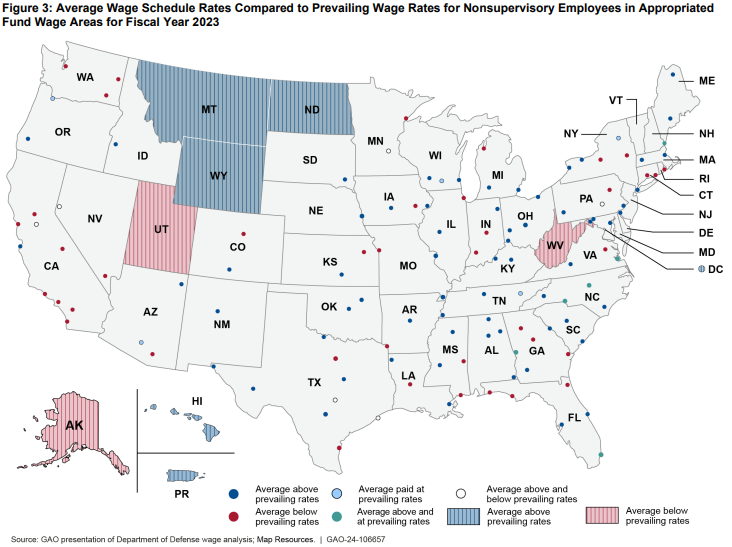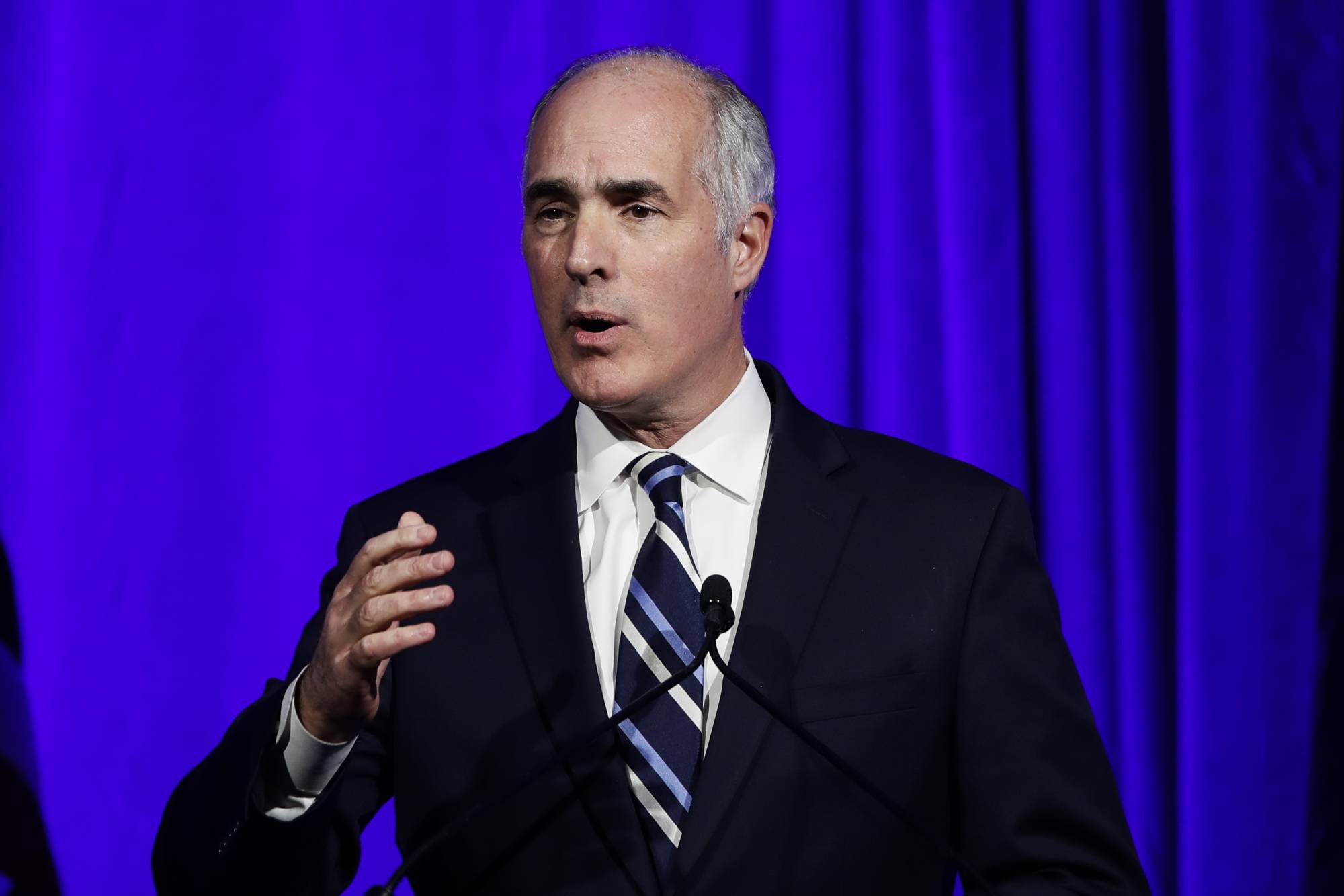Federal Wage System for blue-collar feds puts some above, others below, local rates
After decades of annual pay caps, wages for blue-collar feds in 75% of Federal Wage System localities no longer align with "prevailing" local rates.
Years of pay caps have pulled the long-standing pay system for blue-collar federal employees away from the structure’s original intent.
The Federal Wage System (FWS), covering about 192,000 federal employees, was initially created to try to keep wages aligned with “prevailing,” or market rates in localized areas. But for the last 45 years, since fiscal 1979, many blue-collar feds have seen limits on their annual pay raises.
The intention of the pay caps is to ensure annual raises don’t exceed the raises that General Schedule (GS) employees get, and to address budgetary concerns, the Office of Personnel Management, which manages the pay system, has said.
But as a result, wages for blue-collar feds in 75% of FWS localities no longer align with local pay rates for similar jobs, according to a March 5 report from the Government Accountability Office.
There are also two different locality maps for GS and FWS employees. While the GS locality pay map contains 58 different areas, the FWS map has 248. The number is much higher for FWS because the map is connected to more targeted concentrations of federal employees working at, for instance, specific military bases, or Department of Veterans Affairs medical centers, GAO said.
“Employees in different FWS wage areas might find themselves with different annual pay increases. That has resulted in some, I think, confusion,” GAO Director of Strategic Issues Yvonne Jones, the report’s author, said in an interview. “[There have been] questions over the years for why the pay schedules for the two different sets of employees would be different, when the employees are working in what may look like the same place.”
Currently, out of the 248 Federal Wage System localities, 117 FWS localities are above prevailing rates, while 69 are below the market, GAO said.

The Biden administration said it’s “pursuing structural reforms” to some of the government’s largest pay systems — including the Federal Wage System for blue-collar feds, according to the 2025 budget request.
The Office of Management and Budget specifically pointed to what it said are long-standing “pay limitations” for blue-collar federal employees, as a result of aligning the pay ceilings and floors with those on the General Schedule.
One possible response to the issue may be “removing current ceilings in the FWS wage schedules and establishing a statutory minimum for annual pay rate adjustments,” OMB said in a budget request document.
Although the budget request alluded to some possible fixes, there is not yet a specific legislative proposal addressing the topic.
A proposal to merge FWS, GS maps
The Federal Prevailing Rate Advisory Committee is looking into another way to resolve some pay challenges for FWS employees.
In December 2023, the council, composed of members of OPM, the Defense Department and other stakeholders, voted 9-1 in favor of a draft proposal to merge the FWS locality map with the locality pay map for GS employees.
FPRAC has been considering possible reforms to the FWS map for 15 years. But the current draft proposal comes from a more recent 2022 request from Congress, which asked OPM to consider ways to merge the two locality pay maps.
Even though the council approved the proposal, some members said they still have “substantive” concerns about the cost and implementation of the changes.
A map-merger could lead to recruitment and retention issues for the Federal Wage System workforce in areas where the pay rates might decrease — possibly opening the door to federal positions moving to contract employees to save money, Nancy Speight, deputy assistant secretary of Defense for civilian personnel policy, said in December.
GAO’s Jones also said there are a number of complicated issues that need to be considered and assessed, if OPM were to merge the two maps.
For instance, aligning the maps would affect the wage survey DoD uses to help calculate wage rates in different FWS localities each year. DoD’s annual survey for FWS looks at data like job descriptions and numbers of employees in local areas to help set the pay rates each year.
“If you change the definition of the area, you will change the wage rates,” Jones said. “The point of the FWS system is to provide a wage rate which is close to the market rate in a particular geographic area. So, if you redefine the boundaries of that area, then of course you will change the data inputs into the survey.”
Those changes could lead to more Federal Wage System areas having either a lower or higher pay rate than the prevailing rate, Jones said, adding that “it’s hard to know without actually doing the exercise.”
Currently, OPM Director Kiran Ahuja and other agency officials are reviewing FPRAC’s recommendations. OPM is expected to issue a decision on the recommendations in April.
“We will be waiting with the interest, as others wait with interest, to see what that decision is,” Jones said.
GAO plans to publish another report in the near future on FWS. But right now, it’s in the very early stages of the process. Eventually, the report will look at wage rates for a range of military facilities across the country, and some of the issues associated with setting the priorities.
Copyright © 2025 Federal News Network. All rights reserved. This website is not intended for users located within the European Economic Area.
Drew Friedman is a workforce, pay and benefits reporter for Federal News Network.
Follow @dfriedmanWFED






